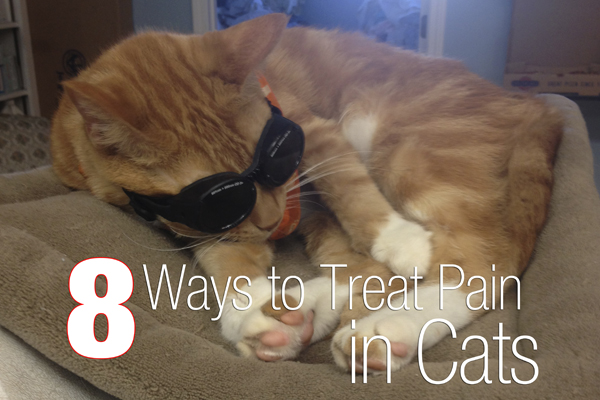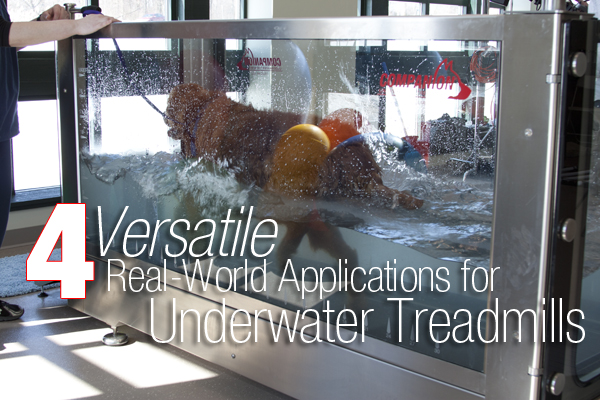Learn tips about Class IV laser therapy and other health related topics on the Companion Therapy Lasers blog! Check back weekly for updated posts.
8 Whys, Whens, and Hows for Deep Tissue Applicator (On Contact) Laser Therapy
Guest Blog by Jeff Smith, DVM, CCRP, Middletown Animal Hospital, Middletown, CA

8 Ways to Treat Pain in Cats
Guest Blog by Jeff Smith, DVM, CCRP, Middletown Animal Hospital, Middletown, CA


4 Versatile Real-World Applications for Underwater Treadmills
Guest Post by Erica Shoults, DVM
Are you considering adding an underwater treadmill to your clinic? Learn about the top 4 clinical applications for the underwater treadmill!
Post Surgical Rehab
This is the number one reason why practices add an underwater treadmill to their clinics. Patients recovering from post-operative TPLO surgery are one of the most common patients that benefit from the underwater treadmill. The buoyancy of the water allows the dog to exercise in a controlled environment while minimizing weight bearing on the joints. This helps him/her work on safely increasing their range of motion and lessens the loss of muscle mass that often occurs after surgery. Other surgical patients, such as those who have had hip, elbow and back surgery, benefit greatly from aquatic therapy as well.
Weight Loss
According to a 2014 survey from the Association for Pet Obesity Prevention, an estimated 52.7% of dogs are overweight or obese. Part of the issue is nutrition but the other contributing factor to canine obesity is lack of exercise. The underwater treadmill allows an obese patient to exercise comfortably while the practitioner controls the speed and depth of the water. The ability to control the exercise environment is especially important because the majority of these dogs also concurrently suffer from osteoarthritis in addition to obesity. The warm soothing temperature of the water can also provide an additional therapeutic benefit by warming up muscles and joints.
Conditioning
The underwater treadmill can be an effective tool for exercising the canine athlete. It provides the pet owner an option for keeping a dog in shape during the cold winter months. Featuring speeds going up to 7 mph, and the flexibility to add difficulty by increasing or decreasing the height of the water, the underwater treadmill can facilitate generation of enhanced muscle mass and increase the cardiovascular fitness of the athlete. Additional features, such as jets and incline, create added resistance to make the workout as challenging as possible.
Diagnostic
Another, and not so obvious use for the underwater treadmill, is that it can be used as a diagnostic tool in regards to gait and/or neurologic deficits. Featuring tempered glass on all four sides of the chamber, the practitioner can walk around the unit and judge the patient’s gait at all angles. Dogs will walk with a more exaggerated gait pattern than normal when they are in the water, this exaggeration can highlight an issue in a particular joint or area that might not have been observable while walking on land. The gait ruler along the bottom of the glass on the underwater treadmill will also allow you to obtain the length of his/her stride to compare and contrast the dog’s progress from session to session.
Click here for more information about NEW Companion’s Underwater Treadmill.



